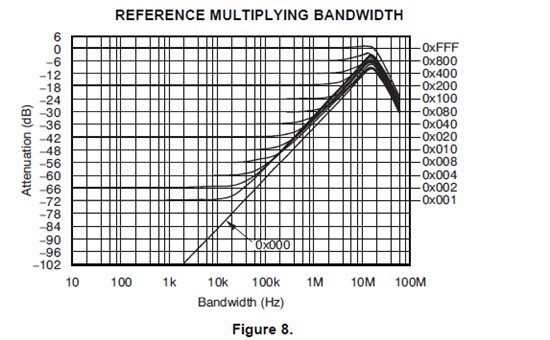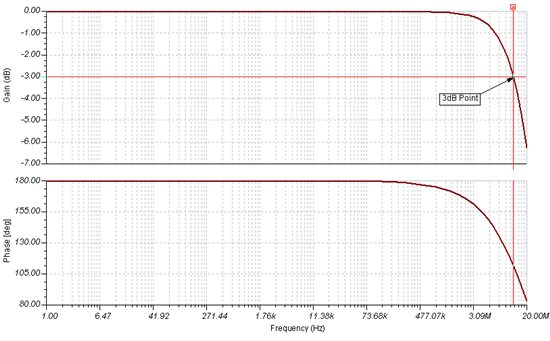I am planning to use the circuit provided in the application section to provide positive voltage supply (Figure 28 in the datasheet). Regarding this circuit I have a couple of questions. Firstly, for the -2.5V reference is it coming via the inverting connection of the first OPA227? And for achieving this what supply should be provided for this opamp? Secondly, could someone list a good recommendation for the voltage reference? I am having a hard time searching for the information about the power consumption for both the DAC and opamp. Thanks in advance.
-
Ask a related question
What is a related question?A related question is a question created from another question. When the related question is created, it will be automatically linked to the original question.


